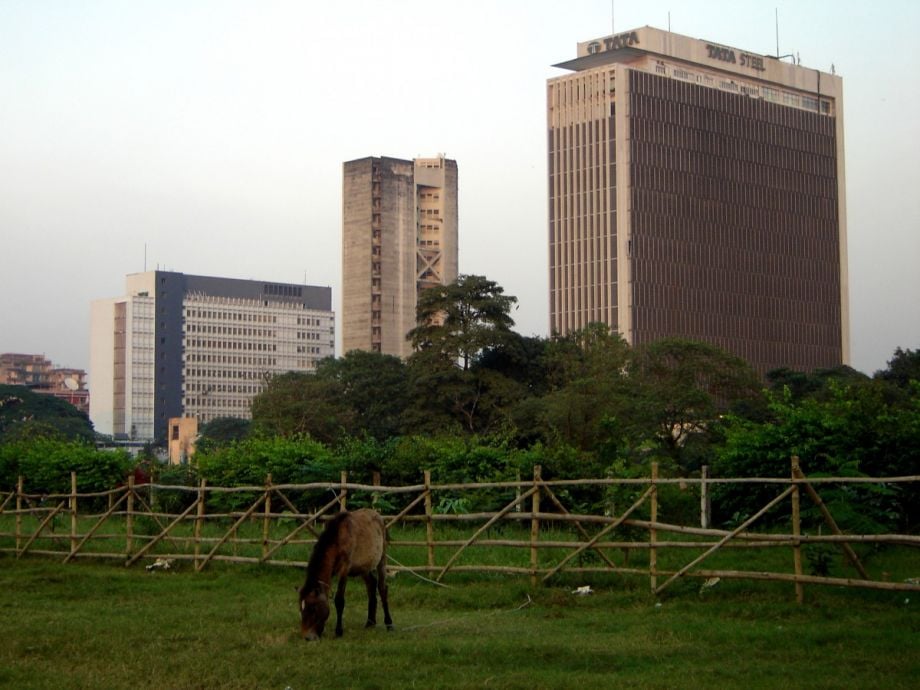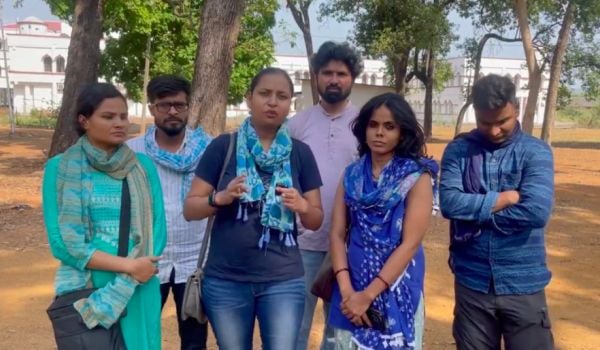In 1996, as a young reporter, I was in Howrah, Kolkata’s sister city, gathering people’s opinions on an upcoming election in West Bengal. On the campus of the Howrah Courthouse, I approached a bespectacled, bald-headed, middle-aged man who was engaged, over a cup of tea, in passionate conversation. His name was Subhas Dutta, and during the course of our discussion he claimed that a “green bench” — a judicial post dedicated to the environment — was being set up in the Calcutta High Court based on a public interest litigation, popularly known as PIL in India, that he had filed.
I checked his claims and found that they were true, and also discovered that Dutta was almost single-handedly blocking the authorities in Howrah from wantonly chopping down trees in the name of development. I thought he merited a national story and wrote one for a major daily about the first bench in India that was set up specifically to protect the environment.
Dutta soon took his fight to save the trees beyond Howrah to Kolkata and filed umpteen number of PILs in an effort to save the city’s shrinking greenery. He has been responsible for protecting many of its landmark monuments and its lungs, the Kolkata Maidan, the vast green space located at the city’s heart. His activism, often dubbed as reckless and gimmicky by the government in power, has saved countless trees, including along Kolkata’s upscale streets like Southern Avenue in the south.
“Kolkata has less than one percent open space, unlike in other global cities with at least five to ten percent open areas,” says Dutta. “The population pressure is much higher in Kolkata too, and the cutting of trees over decades dealt a body blow to the severely polluted city.”
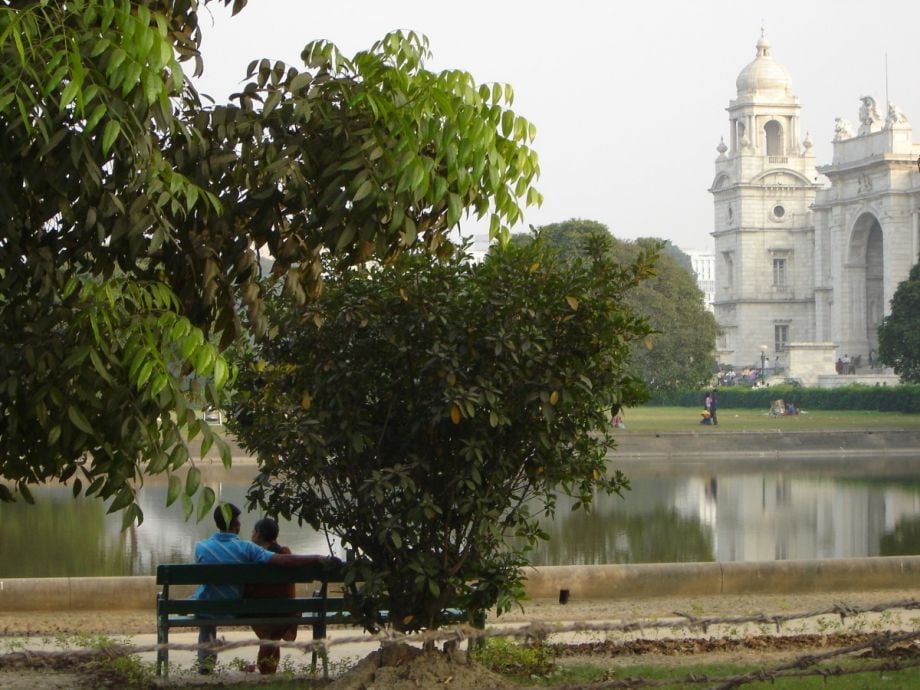
Dutta’s initial one-man crusade has since grown into a full-fledged movement. “When I started raising the slogan, everyone said I am into a ragtag activism,” he says. “But people’s participation followed eventually.”
In December, when several full-grown trees were felled in the business hub along Camac Street to widen the road, an NGO called PUBLIC (People United for Better Living in Calcutta) and local media battled back. PUBLIC filed a PIL in the Calcutta High Court, which halted the tree cutting and rapped the knuckles of the Kolkata Municipal Corporation (KMC), which decided to put the tree clearing on hold indefinitely as it awaits direction from a special committee of the court.
According to Dutta, Kolkata’s so-called development has cost the city dearly. When work on the Metro Railway began in the city in the 1970s, not much was affected, since it was underground work and the surface was disturbed only marginally, he says. But the city’s subsequent growth demanded wider sidewalks and roads, the removal of boulevards and the construction of the flyovers.
“I think in the process some 3,500 full-grown trees were felled,” says Dutta. “The disbalance was aggravated because of more development work in the city.”
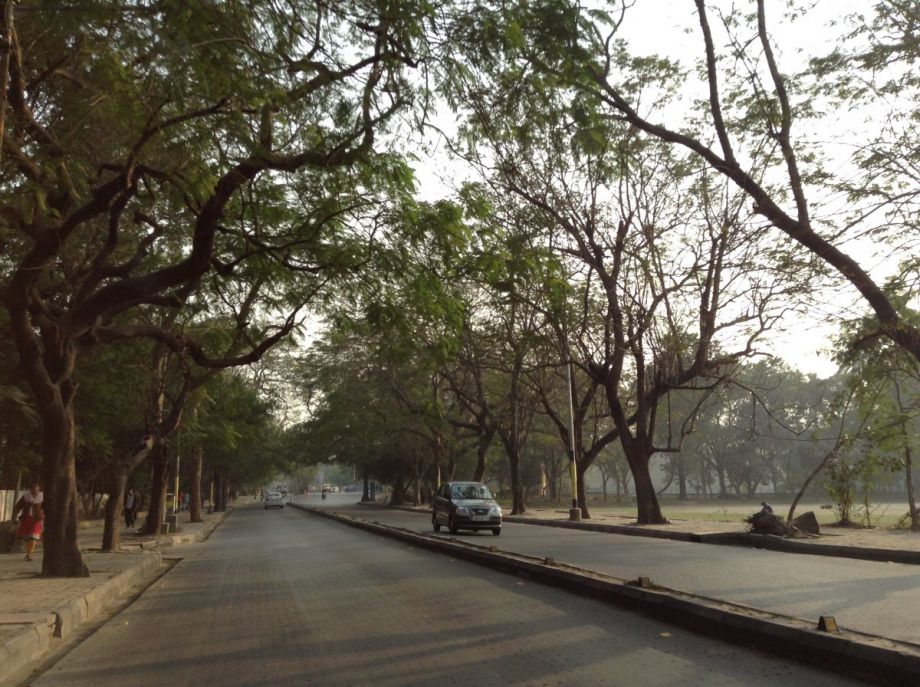
According to New Delhi-based Centre for Science and Environment (CSE), Kolkata has taken the lead in generating valuable hard evidence around the insidious health effects of air pollution, not just for the city but also for the nation. In CSE’s six-year study, “Air Quality and Mobility in Kolkata,” the Chittaranjan National Cancer Institute (CNCI) concluded that 18 out of every 100,000 persons in Kolkata fall victim to lung cancer annually, higher than the national average. Seven out of 10 people in Kolkata are afflicted with some form of respiratory ailment. The most vulnerable groups are hawkers, traffic policemen, commuters, public transport drivers and shopkeepers.
The study also found that traffic-related air pollution is associated with 6.5-fold rise in alveolar macrophage. “The alveolar macrophage number in sputum is a sensitive biomarker of exposure to air pollution,” details the report. “Also, the percentage of children suffering from upper respiratory infections, cough, wheezing and eye irritation is increasing in direct proportion to the increasing concentration of PM10 [particulate matter up to 10 micrometers in size].”
Kolkata’s shrinking greenery has only exacerbated these problems. (Studies have shown that urban trees have several direct health benefits, including filtering particulate matter.) According to Dutta, the city was once botanically rich, before unplanned and no-holds-barred development ran rampant beginning around the late 1980s. “We need more trees and more fruit-bearing trees to combat pollution. The trees that are planted should be of big foliage. We have less trees with big leaves.”
Kolkata’s authorities, for their part, claim they are trying their level best to increase the city’s greenery.
“I agree that owing to development activities, we had to cut down many trees,” admits Debasis Kumar, Mayor-in-Council, Park and Gardens, of the KMC. “But we are on a massive compensatory plantation drive. For one tree felled, we are planting four.”
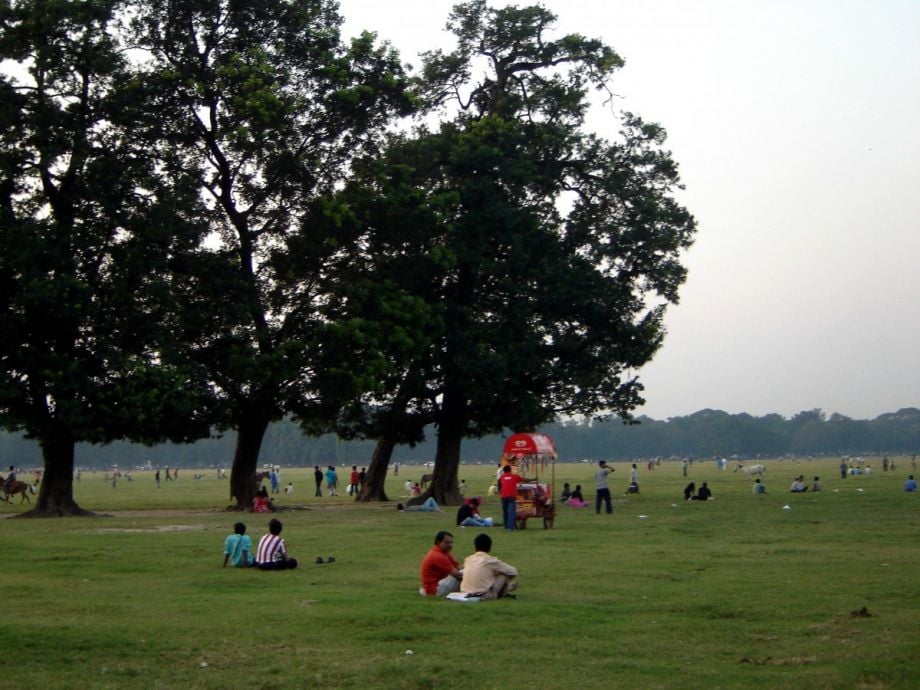
Kumar says the permitting process for cutting trees now has far more oversight. “Now for felling of trees we have to be notified by various authorities and only then do we issue NOCs [no objection certificates] permitting them to cut trees.” And he claims that, while exact statistics aren’t available, the amount of greenery in Kolkata has actually increased in recent years, from one percent to 1.5 percent.
If true, this may be due not to the local government, but rather a green movement in the form of social enterprise. Sustainable Green Initiative (SGI) is one such initiative in India with many projects in Kolkata. SGI plants trees in Kolkata on behalf of sponsors, often organizations or individuals who can use the tree planting as a tax write-off. Often these organizations have the space to spare for trees anyway, says Raj Mohan, founder of SGI. “In urban and semi-urban areas, SGI identifies communities and beneficiaries like old-age homes, orphanages, small trusts running schools with or without government aid, and such others who have access to land where fruit-tree planting and nurturing by SGI can lead to a sustainable income source.”
Once the trees are planted, SGI geo-tags them for the sponsors, giving them access to accurate numbers and survival rates. “At the time of planting, each sapling is photographed and geo-tagged with the longitude and latitude metadata embedded into a digital image,” says Mohan. “This geo-tagged image is uploaded onto a public database and can be viewed on Google Earth. SGI repeats this process every six months, updating tree growth data till tree maturity or two years.”
Last year, SGI planted about 1,000 trees, including 400 fruit-bearing ones, at a children’s park in the city, an initiative sponsored by the Lions Club. It planted another 1,000 fruit-trees at a girls’ orphanage in Joka on the city’s southwestern fringe, and 500 more along the chock-a-bloc Baithakhana Road at Sealdah in central Kolkata.
While Dutta’s outlook for Kolkata probably couldn’t be described as positive, he does see progress being made.
“Despite everything, I think one achievement for Kolkata is the resistance to tree cutting,” he says. “It is activism which stopped or at least lessened arbitrary or wanton felling of trees. Academic discussions by experts do not have any desired effect unless it is backed up by some street activism.”


